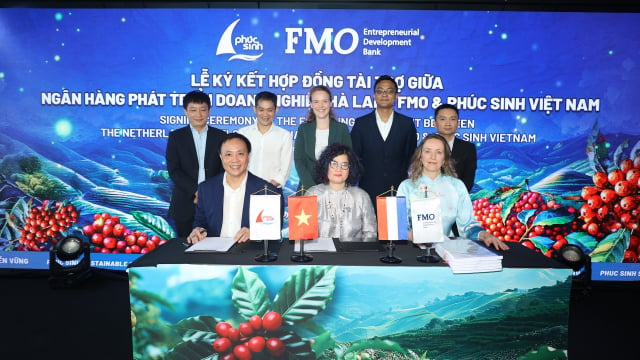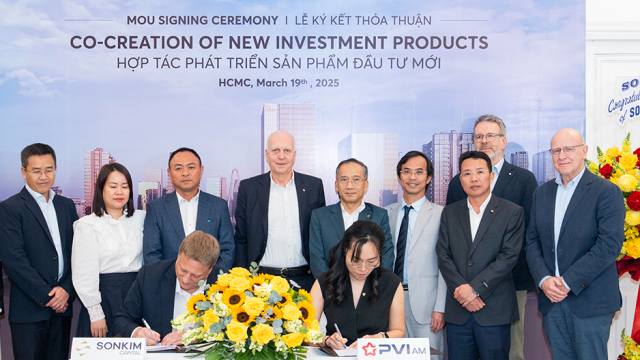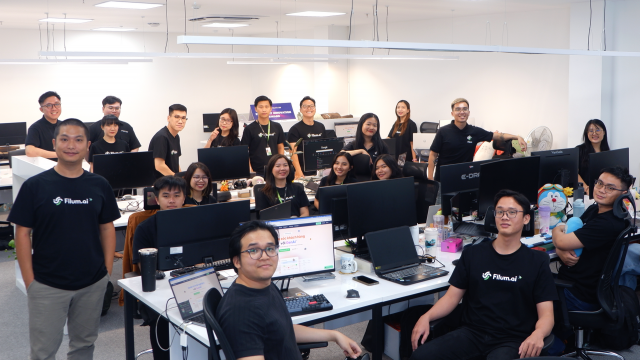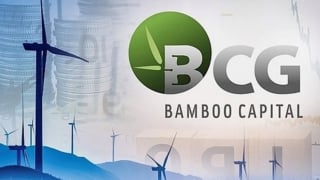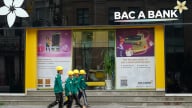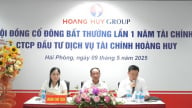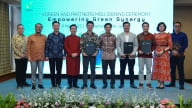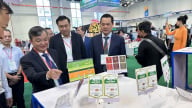Business
When rivals have to work together
The efforts of rivals on plastics could speed key changes to benefit both the planet and their bottom lines.
In the market economy, competition play an important part in promoting development. Rivals traditionally tend not to work together, which helps companies stay distinct as one-of-a-kind innovators and maintain competitive advantages, as well as protect consumers’ interests.
However, when new problems come as plastic waste, companies will need to learn to solve them in new ways, and the world need system-wide changes to benefit the environment. That required rivals to work together for both planet and their profits in long term.
According to the UNEP, the world produces more than 300 million tonnes of plastic waste a year – more than the weight of the world’s population. Still, according to some estimates, only around 6 per cent of plastic is recycled globally.
Moreover, still more plastic isn’t recycled because of the breathtaking variety of plastic packaging produced. Almost no two pieces of packaging are exactly the same in the market. The variety of material, colour, shape and design make it difficult to sort packaging into the appropriate fractions for recycling.
In Europe, only between roughly 20 – 40 per cent of all plastic waste is recycled, and the figure is even lower in developing countries as Vietnam. Only a very low percentage is recycled, and the rest comes to landfills, ocean or is burned in waste incinerator plants.
From his experience in field of recycling paper packaging for beverages, Hoang Trung Son, General director of Dong Tien Paper Company, commented that the complexity in classification and treatment makes cost of recycling higher that many companies cannot afford.
Writing on Weforum, Mo Chatterji, project fellow at World Economic Forum, said that standardization at the product design stage could transform recycling rates for the better.
Easily recyclable packaging could be prioritized, and consumers could more easily sort this appropriately. Once collected, this waste could be more easily and cheaply sorted by facilities.
Moreover, higher levels of waste would make it through to the recycling stage and less would be lost to landfill, incineration or export (as is currently the case). Through standardization, new recycling economies of scale could be developed, facilitating large increases in recycling rates.
With more standardized packaging increasing recycling rates, it could be possible to create a more reliable supply of Post-consumer-recyclate (PCR) output, therefore increasing supply (and quality) of PCR.
He emphasized that rivals could improve these rates, by working together and standardizing the types of packaging they use.
In addition, while governments have a role to play through Extended Producer Responsibility (EPR) systems, brand owners understand both end-consumers and the associated packaging requirements much better and have traditionally also been able to move much more quickly than governments.
Still, these efforts face many barriers, he noted. Among them are entrenched ideas, from the need for unique packaging to attract consumers to the idea that working together with rivals should simply not be an option.
The changes are seen in some markets where rivals work together to develop initiatives to reduce waste and promote the circular economy model, with the help of industry bodies like Alliance to End Plastic Waste and the New Plastics Economy from the Ellen Macarthur Foundation.
In Vietnam, Packaging Recycling Organization Vietnam (PRO Vietnam) founded in 2019 is a result of handshake of rivals. It is coalition of leading FDI and Vietnamese companies, and especially a common responsibility that is making Vietnam Green, Clean, and Beautiful by promoting a circular economic model through more accessible and sustainable packaging collection and recycling process.
Digitalization is key for circular economy
Cen Land transforms into real estate developer with bold goals
Cen Land is shifting from brokerage to development, targeting a 170% revenue increase and 424% profit growth in 2025.
Menas signs to elevate lifestyle experiences at Keppel’s properties in Vietnam
Menas Group has entered a strategic partnership with Keppel to co-develop an integrated ecosystem of lifestyle services across Keppel’s real estate projects in Vietnam, beginning with the landmark Celesta City development in Saigon South.
Phuc Sinh secures $15 million investment from Dutch investor for sustainable expansion
Phuc Sinh’s expansion underscores Vietnam’s growing role in sustainable agriculture and its increasing appeal to global investors
PVI Asset Management and SonKim Capital partner to revolutionize real estate investments
PVI Asset Management (PVI AM) and SonKim Capital (SK Capital), a business unit of SonKim Group has announced a strategic collaboration to develop innovative real estate investment products tailored for institutional investors and high-net-worth individuals.
Filum AI secures $1 million amidst funding winter
Filum AI has successfully raised $1 million in funding despite a challenging venture capital market, underscoring the potential of AI and shifting investment strategies.
New decree eliminates barriers and enhances access to financing for enterprises
Enterprises are advised to promptly assess and evaluate the impact of the changes in the newly-issued to ensure timely compliance in the upcoming tax finalization period.




















